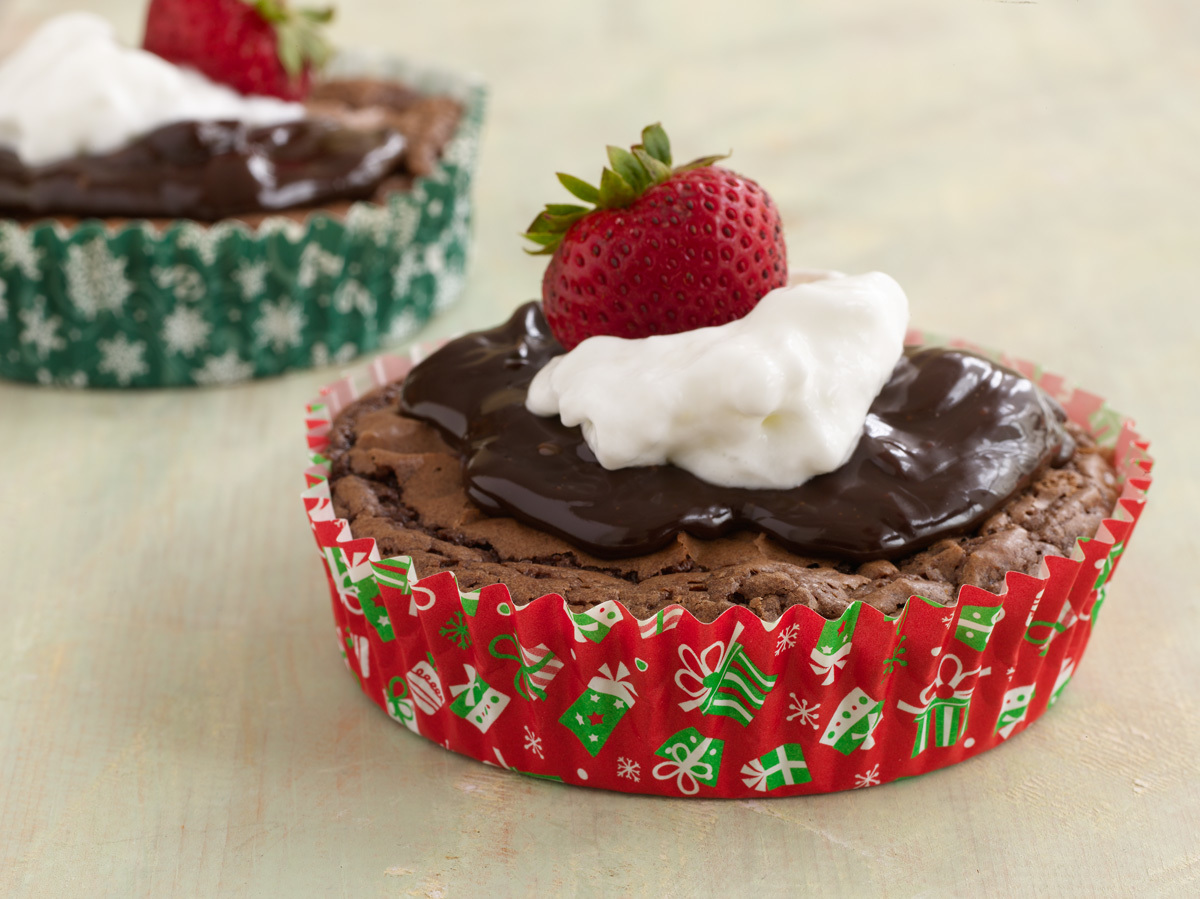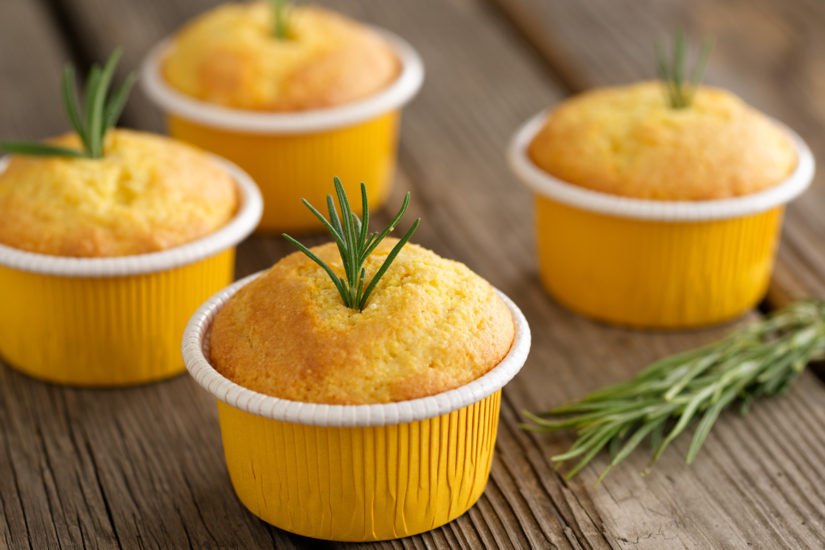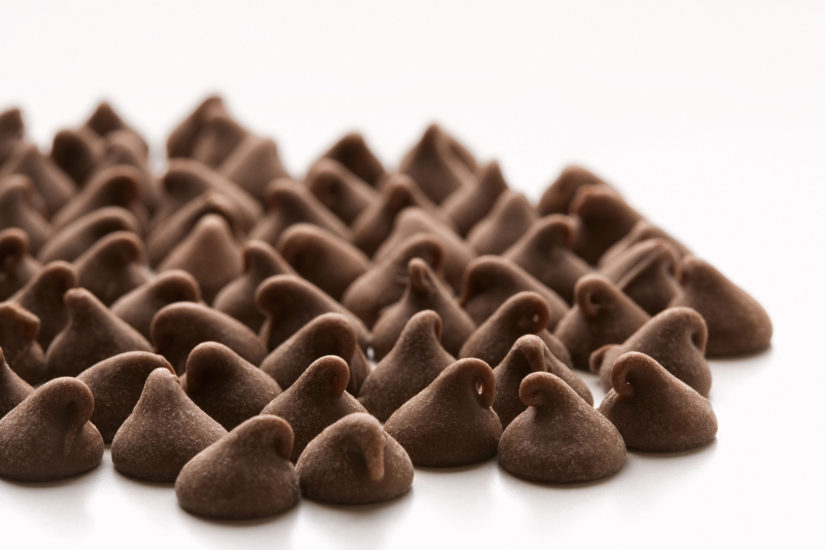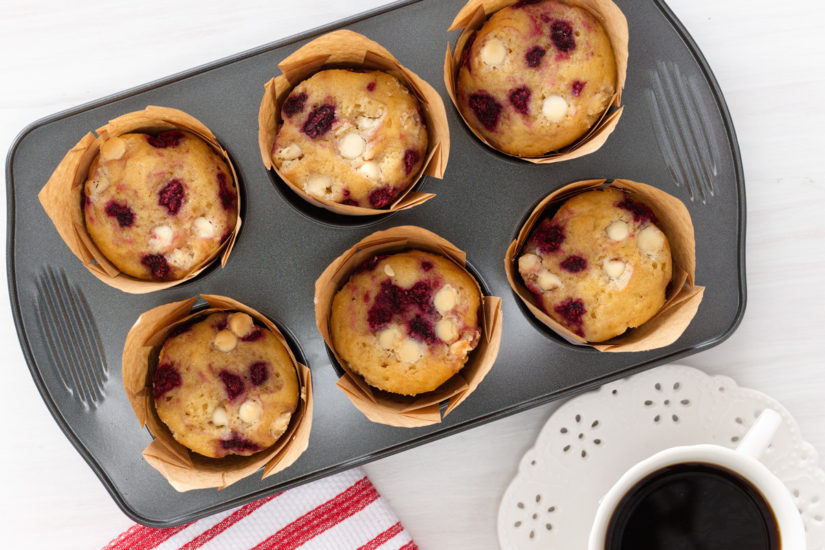’Tis the season for baking, but rather than focusing on the traditional holidays, we’re using this blog to shine the spotlight on the winter solstice.
The winter solstice is the shortest day of year, meaning there’s less sunlight within a 24-hour period than within any of the other 364 days. Winter solstice also translates to the longest night of the year and the official start of winter (not to be confused with the summer solstice, which is the longest day of the year). This year, winter begins on December 21.
While the start of winter can sometimes trigger feelings of sadness (seasonal affective disorder, anyone?), there are many things to revere about both winter and the solstice. In fact, for centuries, the winter solstice was cause for celebration. Ancient cultures marked the occasion with festivals and plenty of food. For instance, the yule tradition, which began with the burning of a yule log, has evolved to include the yule pig (today’s traditional Christmas ham) and the iconic yule log cake, or bûche de Noël, as the French call it.
If you’re not inclined to concoct a cake resembling a log (though it’s worth noting that it’s topped with chocolate buttercream and filled with creamy vanilla frosting), you can still give a nod to the winter solstice with festive breads and shortbreads. Early cultures used the term “sun bread” for the latter, fashioning them to represent the rays of the sun. Serve the bread of your choice with a hot spiced drink or with Wassail, a mulled cider. Either beverage can take the chill out of the winter air and brighten what could otherwise be a long winter’s night.




